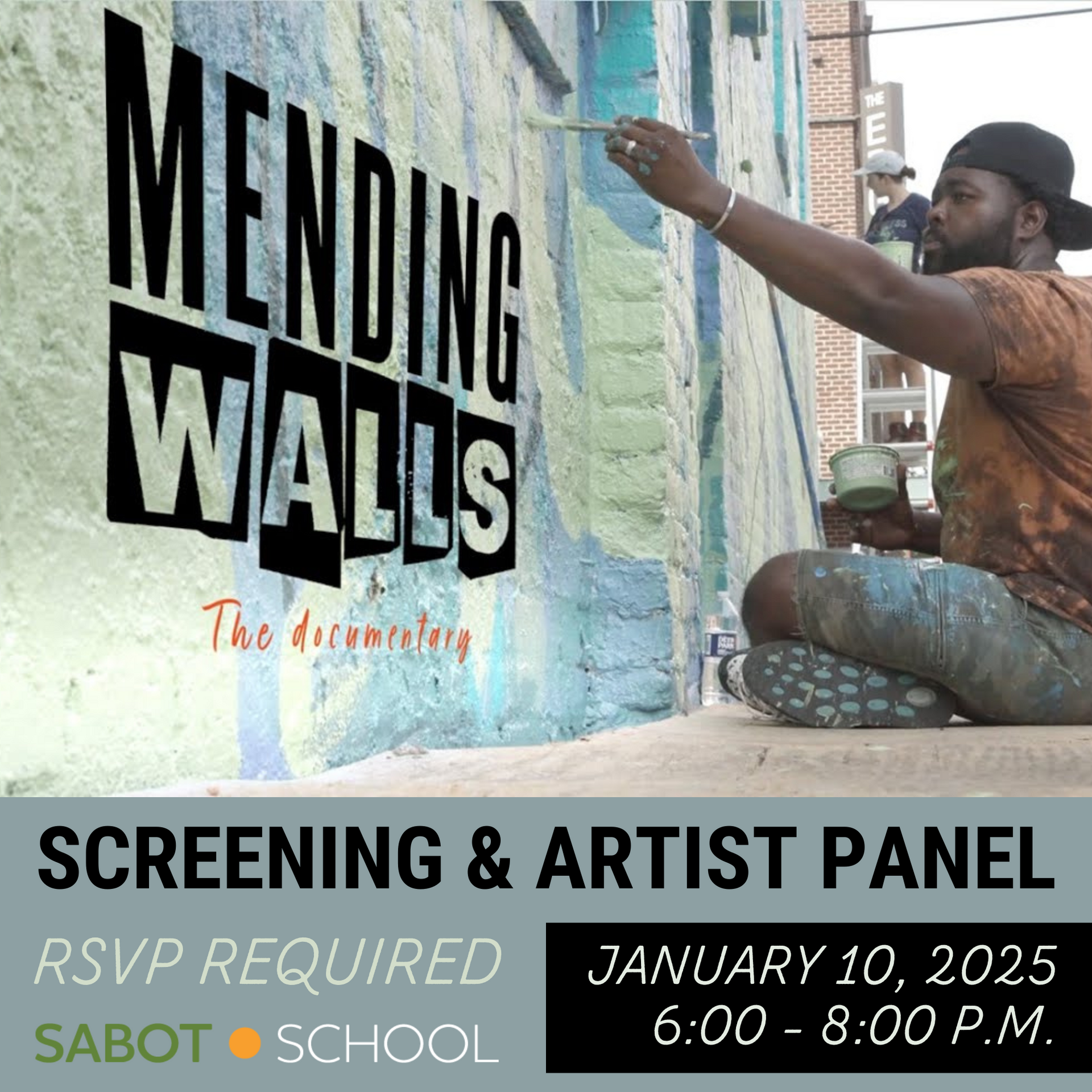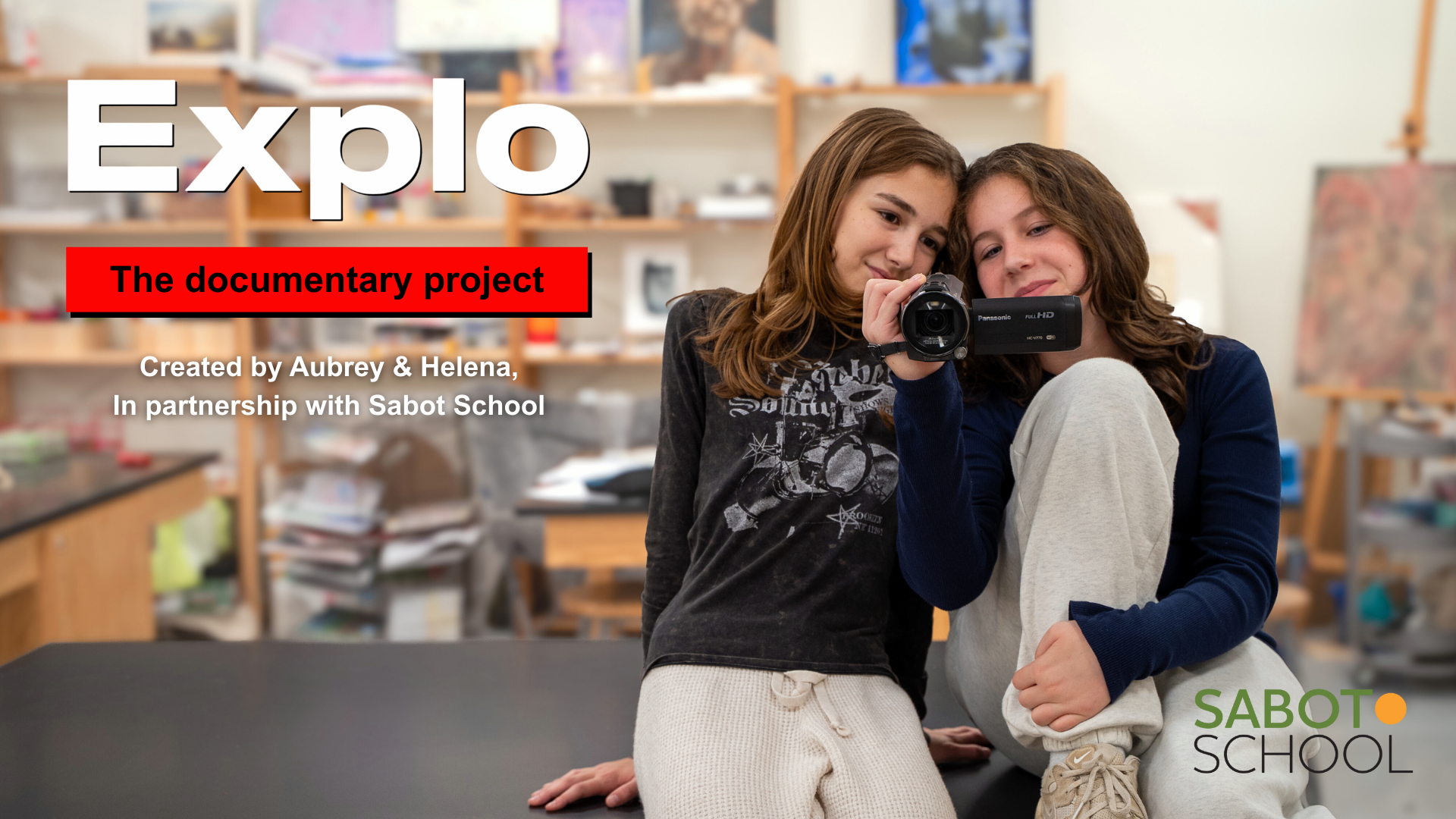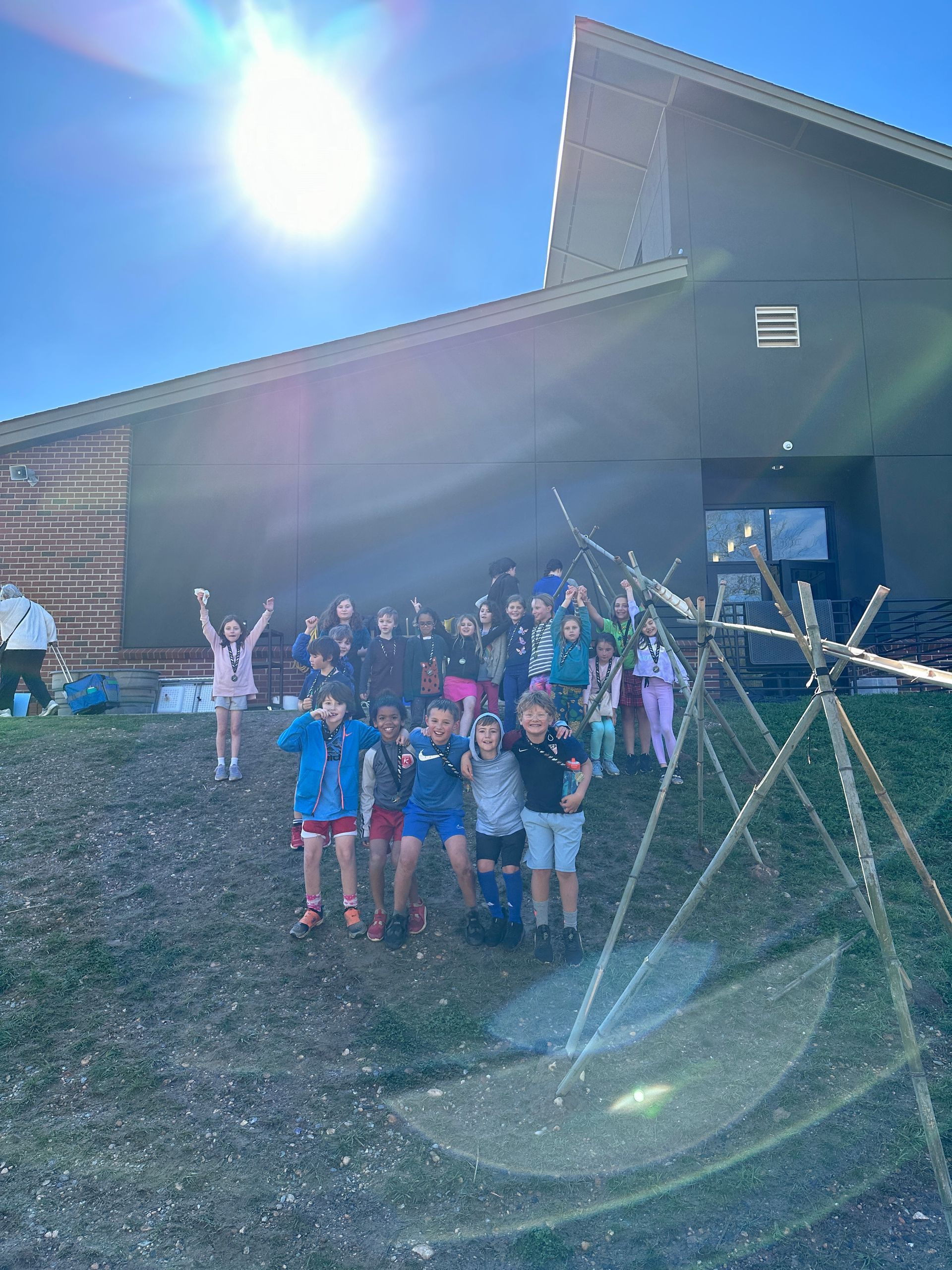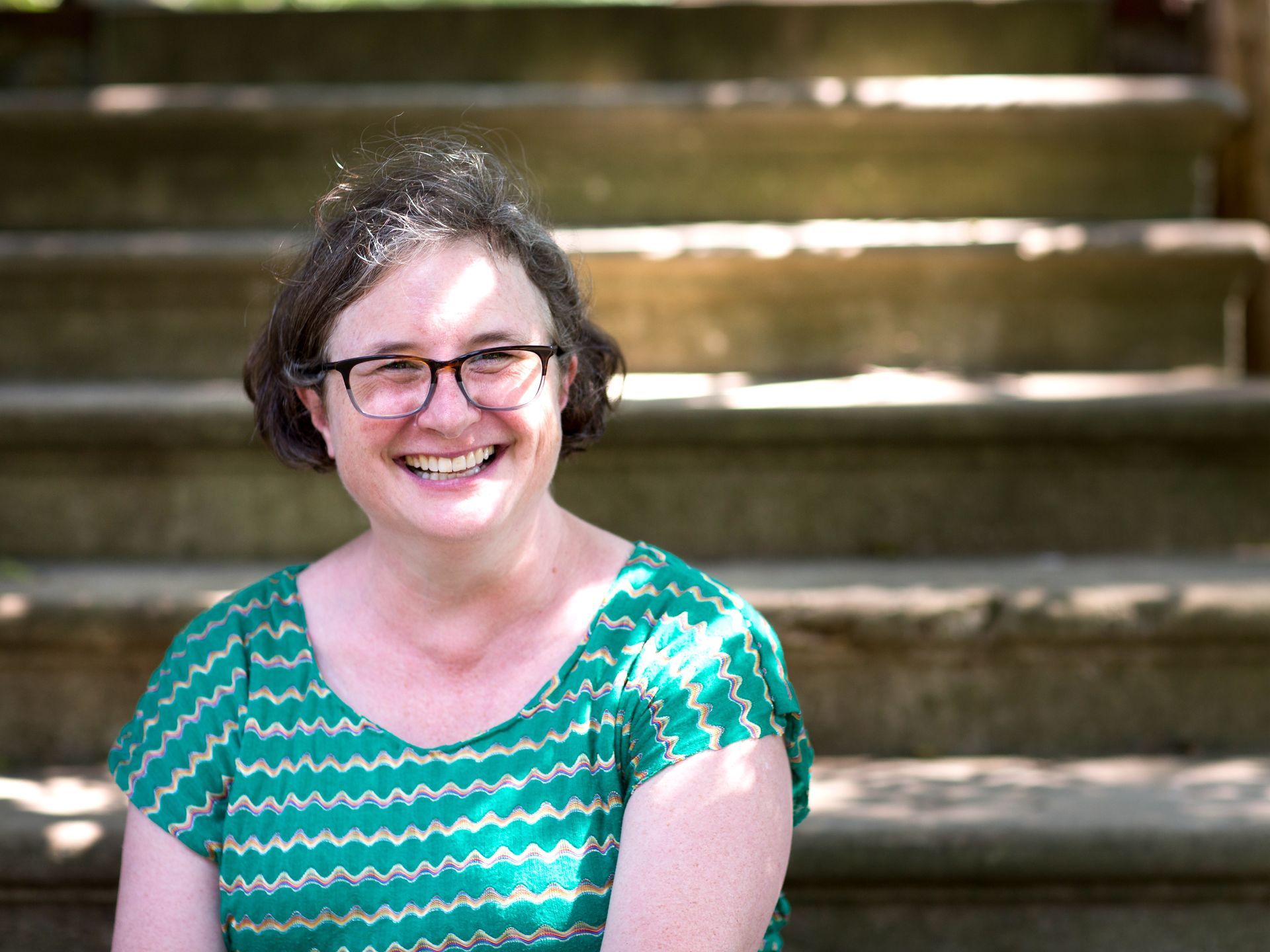Third Grade Rules

- How do we agree on cultural conventions? On mathematic standards and conventions?
- How did we – culturally and intellectually – come to agreement that an inch is an inch? A foot is a foot? A centimeter is a centimeter?
- How do we incorporate these understandings into our own personal knowledge bank?
Measurement conventions are operational assumptions that we all “know” and accept. Right?
For the past four years, I have taught first grade math, introducing concepts of measurement using simple standard and non-standard units of measurement. In what is now my fifth year of teaching at Sabot, I am navigating third grade math with former students that I had two years ago. My assumption going into our present math unit on measurement was that the children had started to lock in not only how to use measurement tools but had established a real understanding of the spatial units embedded in those tools: the attributes of “inchiness” and “centimeter-ness.” In all of this is a certain trust and cultural reliance on visual recognition, and yet, as I am learning, this spatial understanding can be so relative and subjective. What is your personal understanding of measurement? How do you perceive – and utilize – measurement?
The relativity of measurement speaks to the larger question at play here: why do we even need measurement? We need these intellectual and physical constructs to assure a modicum of precision and exactitude for purposes of mathematical reasoning, scientific investigation, engineering, material replication, and consistency. In math and in science, if a finding cannot be replicated, then it is deemed inconclusive and inconsistent. You must then suss out the flukes, identify and address any errors made, and formulate the necessary corrections. We as human beings love rules. Culturally we admire and uphold an aesthetic and intellectual idea of precision and exactitude – sense-making distilled to its very essence. There is distinct comfort in a semblance of certainty. Math in particular provides many learners with a reassurance of accuracy – the assumption being that there will always be an answer. Constructivism allows that there are many ways to arrive at an answer (and that those answers should generate authentically), but there is also the inherent presumption, regardless of context and purpose, that an answer can somehow, someway be found. Precision – or the illusion thereof – offers a certain contentment born of the need for regularity. Addressing the inherent problems therein is problematic (and theoretical), but speaks to the larger relativity of our mathematic and cultural assumptions.
Measurement seems to be a sure avenue to arriving at exactitude. An inch needs to be an inch, a foot needs to be a foot, a centimeter needs to be a centimeter…and so on. Yet our basic spatial understanding and physical memory of these units of measurement – and how to utilize them purposefully to measure – is so wonderfully and powerfully subjective and personal.
Nowhere is this more apparent and revelatory to me than in the rich provocation that I gave to my students last week – I invited them to try and make their own ruler, the reason being that I noticed their real difficulty in measuring objects to the nearest ½ and ¼ inch and millimeter. I just assumed that this would be an easy task, which was not the case. I became curious as to what they might intrinsically know about measurement. It is one thing to talk about these units and assume that children know their approximate length and usage, but it is another thing altogether to task them to use what I assumed that they already knew to make their own measurement tools. So challenging and yet so very epiphanous!
The very concept of “nearest” bears examination. “Nearness” is approximation. We talk about measurement in terms of “about an inch,” or “a little less” or a “little more” than an inch or centimeter. Approximation equivocates a certain level of subjectivity and relativity…and I noticed that my students were not quite getting this concept. An inch is composed of smaller units of measurement – fractions of the inch itself – a ½ inch, a ¼ inch – and of course the inch can be broken into smaller and smaller fragments. A centimeter can break down into millimeters, etc. The larger units of measurement are a little easier to get your head around, but even these units – those we assume that we all know and have some facility with – are really flexible when we are tasked to make our own ruler. Is it just the difficulty in iteration (the repeating of the same unit of the same size over and over) or the lack of physical experience in creating consistent spatial repetitions (which you might assume would be part of our daily experience and our bodily vernacular)? In working through these concepts with my students, I am cognizant of our role as gorgeously imprecise beings grappling with these abstract – and yet somehow physically tangible – notions of precision and exactitude. The provocation to make your own ruler seems to go beyond the impulse to instruct children to learn how to more effectively use a tool of measurement to measure objects with greater precision. Through my teaching lens, I see that this challenge speaks the larger difficulty of cultural and mathematical assumptions ( and yet I still want them to understand how to use a ruler, a yardstick, and a meter stick…) If we teach measurement to children year to year without truly gauging their understanding and giving them authentic experiences to productively wrestle with these concepts, are they really “getting it?”
Throughout this experience with my students, I have been reminded of a story on NPR that helped me understand the difficulty of teaching time – something that I found challenging when tasked to do so with my first graders. (NPR/ This American Life: Episode 583: It’ll Make Sense When You’re Older , originally aired 03.25.2016). I share excerpts of this transcript below to offer some illumination on what is happening in asking the children to create their own rulers:
Carl Duzen, who taught physics and mathematics, was diagnosed with Alzheimer’s at age 79. In helping him navigate this new stage of his life, his physician challenged him to try drawing a clock.
- Carl: So I got a piece of paper. No matter what I– I just– I couldn’t– I couldn’t do it. Why is this so difficult? Why is that so hard? It’s clocks. Why is that so hard
- As he’s describing the trouble of the clock, his wife Susan assures Carl he’s not alone. The clock thing comes up in her support group for spouses of people with dementia
- Susan (his wife): In the support group, people would talk about how, oh, my husband has an appointment next week with the doctor. So he’s been busy practicing the clock. Oh, yeah, the clock. Oh, my husband never gets it
- Carl: Well, because it’s so universal. There it is. It’s the time. And now suddenly, you can’t manage it. Ack.
- In figuring out why he couldn’t draw a clock, Carl Duzen himself realized the problem. Carl: And I finally realized that the problem is superposition of three types. With his wife Susan’s help, he realized that there are three layers of information embedded in telling time on a clock – 1) the hours represented 1 through 12 (event though there are 24 hours in a day), 2) the minutes – where a 1 does not represent a 1 anymore but five minutes (and a 2 represents a 10, and so on), and 3) the second hand, which measures 1 through 60 seconds.
- Carl: Types because you have three different elevations that you have to get together to make the information.
- Interviewer Chana Joffe-Walt: Carl sat with his tools and his paper and his physicist’s desire to decompose the problem before him. And he took apart each element of the clock until it made sense to him, the three layers, the fact that the eye goes to the larger minute hand first and your brain has to override that to focus on the smaller hour hand, which is actually more important even though it’s smaller and not the first thing you see. And then you’re supposed to move to the longer minute hand. But don’t be tricked because the second hand is also longer but it’s skinnier. And by the end of all this, I just feel like, what the hell, clock? I can’t believe this is the system we have for telling time. It’s insane. It’s a miracle anyone can ever just glance at their wrist and capture information, something Carl works very hard at.
- Carl: So and the brain– the brain is in there trying desperately, of course, to get hold all of these things at the same time to respond to. And it’s just dead hard. And then when I did this I figured, oh, that’s why it’s so hard.
- Susan: Your brain can’t help you draw a clock, but you used your brain to figure out why your brain can’t help you draw a clock.
- Carl: Yeah, that’s kind of the way it is. I felt like that I got something back that I had lost. But not that I could do it easily for a while, but that I at least understood why I have was having trouble.
- Susan: Instead of just feeling like this is a random thing that I now suddenly can’t do.
- Carl: And it isn’t easy. It is difficult. And so I felt better about myself. Got perky. More perky. [LAUGHTER]
To grasp the concepts embedded in telling time on a clock, there are several layers of understanding, and so it seems to me that other superpositions are at work when children are tasked to create their own rulers. The number 1 on a ruler can mean several things: 1 inch, two halves, or four quarters. If I ask a child to measure an object to the nearest ½ or ¼ inch, will they recognize that 1 inch could meet those requirements? In understanding centimeters and millimeters, will children understand that each centimeter equals 10 millimeters? That an object that measures 4 centimeters and 3 millimeters is actually 43 millimeters? It’s a lot to keep in your head. The measurement tool you use – regardless of whether its operating within the world of customary or metric measurement – is embedded with several superpositions that are simultaneously operational. Developing facility with their usage requires many authentic experiences and building understanding of each tool’s component parts.
Enough about the thoughts percolating through my mind as I watch the children at work on their rulers. There is juicy dialogue bubbling up amongst the children as they work diligently to figure this whole “ruler thing” out…Next up: the children’s sense-making as they develop their tools of measurement.
The post Third Grade Rules appeared first on Sabot at Stony Point.
SHARE THIS POST
